Life History of the Eucalyptus Genus
Eucalyptus trees, also known by its common name, gum trees, are almost entirely Australian. Indeed, these are the trees that koalas eat and spend their lives in. In fact, only a few of the 700+ species recognized by science live entirely outside of Australia’s borders. This group of evergreen trees from down-under has been introduced to countries all over the world, becoming one of the most widely cultivated trees across the world. Interestingly, most of Australia’s ecosystems have evolved with frequent fire hazard regimes, much like the western United States. As a result, eucalyptus are generally fire-adapted trees that sprout back strongly after being burned.
IDENTIFY NEW PLANTS WITH PLANTSNAP
Eucalyptus belong to the family Myrtaceae. Common features of eucalyptus include their shaggy bark, also called stringybark, which peels off either year-round or seasonally, depending on the species. These trees have an abundance of stamens, making them flowering trees, unlike pines. Also, they share cup-like flowers that develop into hard seed heads that resemble nuts. Most gum trees have blue-green, leathery leaves that have the menthol-smelling oil of eucalyptol.
Eucalyptus Tree Habitats in the U.S.
Eucalyptus trees grow best in the mild climates of the U.S. Australia, their homeland, is generally not a frigid, snowy landscape like much of the northern U.S. in the winter months. California, Texas, Florida, and other southern states provide the best climates for these stately trees in the U.S.
Introduced widely to California after the Gold Rush, eucalyptus have become some of the most symbolic trees to the state. Many Californians mistake the trees for native species since they dominate so much of the wildlands. People in Florida can grow the more tropical, rainforest species of Eucalyptus, such as the stunning Rainbow Gum.
A small handful of cold-hardy varieties of eucalyptus can grow in areas that experience occasional sub-zero degrees fahrenheit during the winter. These varieties allow citizens of the places like the U.K., Washington state, and inland North Carolina to plant eucalyptus.
Eucalyptus love to be in the sunniest places available and do well in nutrient-poor soil. Once established, they tolerate drought very well. Interestingly, eucalyptus have different leaf shapes depending on the age of the tree, making identification difficult in some situations.
The Many Uses of Eucalyptus Trees
Eucalyptus wouldn’t have spread throughout the world so quickly if it didn’t have such a myriad of uses to us humans. While there are plenty more, here is a shortlist of some of the most important uses for eucalyptus.
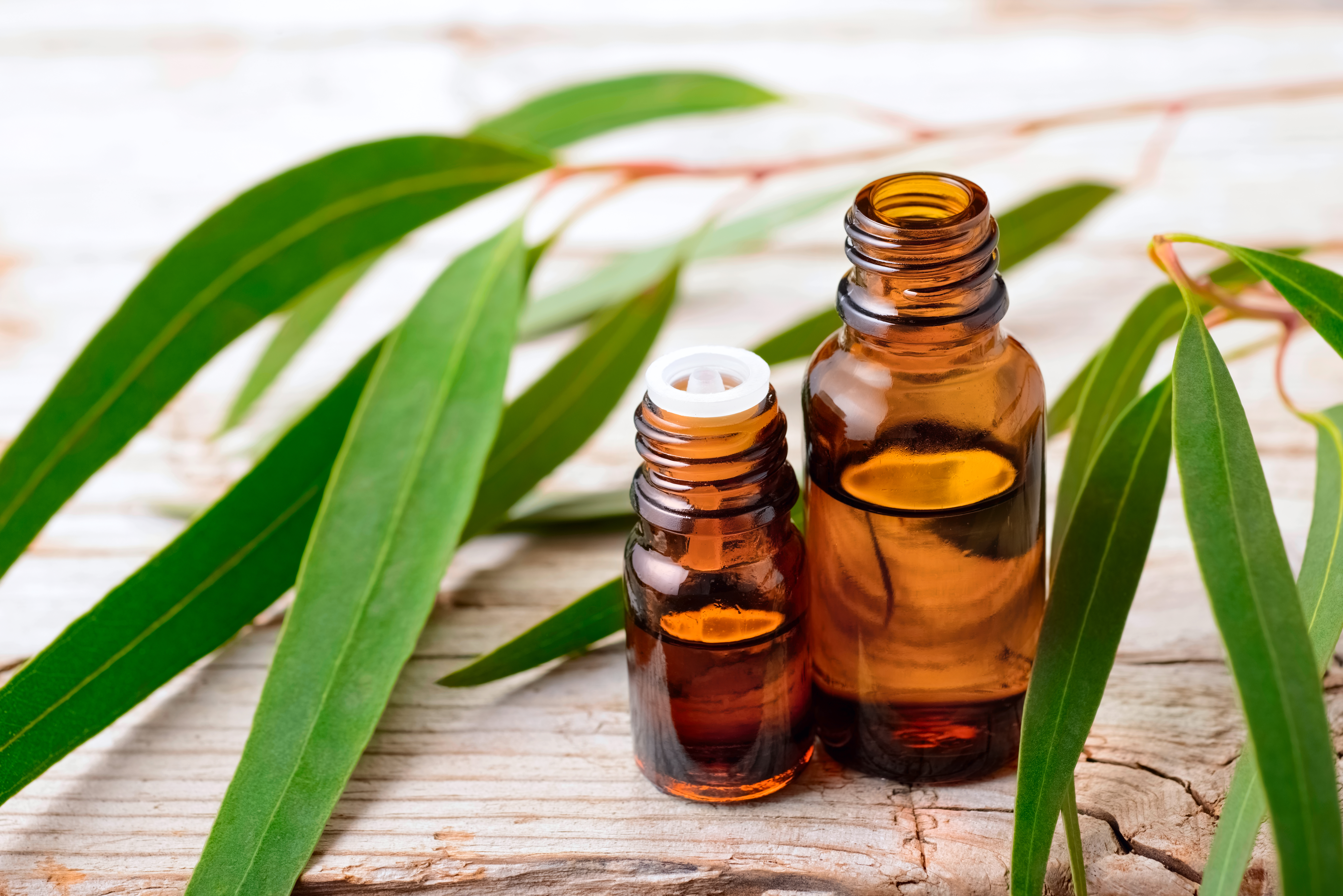
Eucalyptus essential oils
A Common Essential Oil
Anyone who has walked in a eucalyptus forest knows the intense, spicey, minty smell the trees produce. This smell mainly comes from the chemical compound eucalyptol, which is found in the green leaves of eucalyptus trees.
Eucalyptol is a powerful therapeutic oil. People have used eucalyptus oils for a wide variety of medicinal uses throughout history. It has antimicrobial properties, meaning it can kill bacteria and microbes. People have also used eucalyptus oil for dental care, respiratory illness, pain relief, as an immune stimulator, and to sterilize equipment.
Some people enjoy the scent of eucalyptus and use it in aromatherapy or as a perfume.
Fuel as Firewood
In many highland tropical and subtropical areas of the world, people use eucalyptus as fuel for cooking and heating their homes. Since they grow incredibly rapidly (some varieties grow ten or more feet per year) and don’t need much care, they make ideal firewood trees. East Africa, South America, and Southeast Asia all have extensive eucalyptus stands for firewood use.
Floral Arrangements
Due to their attractive, classy blue-green or grey-green color, many florists use eucalyptus leaves as fillers for flower arrangements. Silver dollar eucalyptus, with its large, round leaves adds nice volume and interesting shapes to any bouquet. Eucalyptus work especially well in floral arrangements because their leathery leaves don’t wilt. They look fresh for weeks!
Monarch Butterfly Roosting
While not native to California, the western Monarch Butterfly population currently relies on these trees as safe roosts to spend the winter. The western Monarch population winters almost exclusively in California and a majority of all of the wintering sites include eucalyptus trees. This demonstrates that non-native plants can play important roles in ecosystems, even if the same plants can be destructive elsewhere.
An Effective Windbreak
Due to their rapid growth, eucalyptus also make excellent windbreaks for farmers. A windbreak is usually a long hedge or row of trees planted on the windward side of a crop. The windbreak acts as a wall that slows down the wind. Windbreaks help farmers use less water on their crops.
Plants limit their use of water by creating thin layers of humid air around their leaves through transpiration. Wind rapidly whisks away this humid air and replaces it with dry air. As a result, the plants must use more water to thrive in a windy environment. When farmers reduce wind with windbreaks, plants can keep that layer of humid air around their leaves, and therefore use less water to grow.
In drought-prone places, such as California and Australia, windbreaks are useful in reducing the amount of water crops use. They can also improve crop yields.
Two Broad Categories of Eucalyptus Trees
The eucalyptus genus, as mentioned above, is large and very diverse. To make sense of the genus, some botanists break it down into two broad categories of eucalypts; mallees and trees. These categories correspond to different growth habits within the genus. These categories provide a useful framework to understand the growing habits of eucalyptus.
Mallee – Short and Bushy Eucalyptus
Mallee is an Australian Aboriginal word that refers to bush eucalyptus species that grow less than 30 feet tall. Mallee eucalyptus have many different stems, rather than one central stem. Mallee eucalypts have lignotubers, which are huge, basically like big, potato-like roots. These lignotubers suck up water during wet periods and save it for droughts.
In Australia, mallee ecosystems grow best in flat, semiarid environments with short, mild winters. They typically grow in sandy soils and are adapted to frequent fires. The lignotubers allow the mallees to sprout back quickly after a fire, allowing for new growth.
Since mallee forests are in flat areas and have a relatively uniform height, they can be disorienting, causing people to get lost!
Tree-Like Eucalyptus
The stately, single trunk growth form of these plants is what most people imagine when they hear the word ‘eucalyptus.’ Some types of eucalyptus trees have branches angled steeply towards the sky, while others have a broader, more spreading canopy. Some of the more common species, such as the southern blue gum, lack branches on the bottom half of their trunks, while others have branches all the way up. Some tall eucalyptus trees have lignotubers and some don’t.
15 Types of Eucalyptus Trees
There are over 700 species of eucalyptus – not to mention subspecies – in the world. With a dizzying array of eucalyptus available in the horticulture world, it can be tough for the layperson to identify the trees. Here are a handful of the most commonly grown gum trees in the U.S.
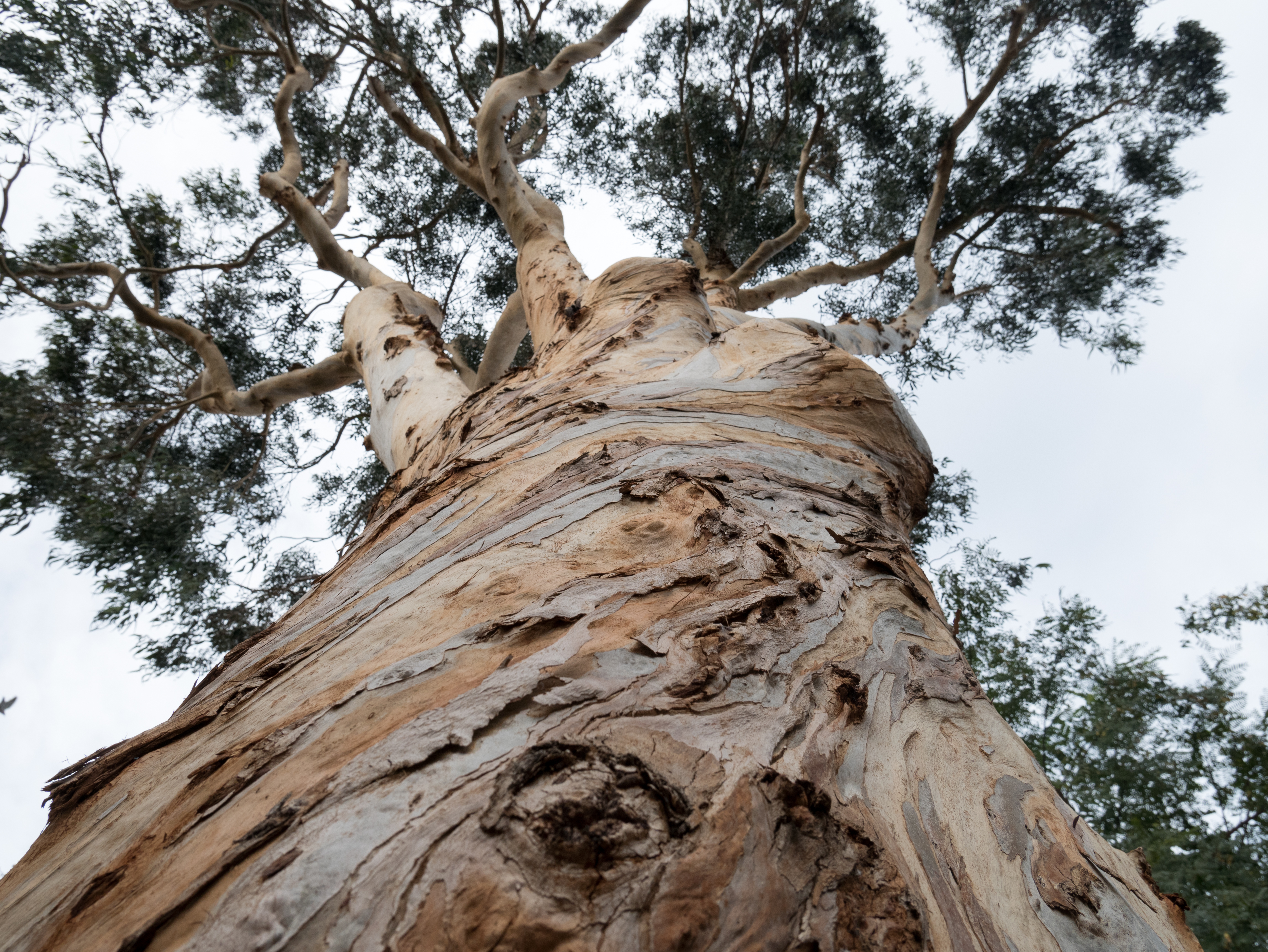
Southern Blue Gum – Eucalyptus globulus
Southern Blue Gum – Eucalyptus Globulus
Fun Features: Southern blue gum is among the tallest tree species in the world. It can soar into the sky nearly 300 feet in Tasmania! This Tasmania blue gum tree is the most common eucalyptus in California and around the world because of its extreme drought tolerance, fast growth, and stately form.
Kind of Eucalyptus:
Single trunk with a bare trunk and dense canopy
Flower Description:
White, conspicuous
Height:
Up to nearly 300 feet in nature, 160 feet in cultivation
Southern Blue Gum Care
Growing Zone Tolerance
9-11
Water Needs
Widely adaptable, but can tolerate very dry conditions as well as saturated river banks
Soil Preference
Grows well in clay soils, slightly acidic soils, and nutrient-poor soils
Sun Requirement
Prefers full sun, can grow in part shade, but not full shade
Cider Gum – Eucalyptus Gunnii
Fun Features:
Native to higher elevations in Australia, Cider gum is considered one of the most cold-hardy, single trunk eucalyptus trees. This is one of the reasons it is the most commonly grown eucalyptus in the cold British Isles.
Kind of Eucalyptus
Single trunk
Flower Description
Small, white, fluffy flowers with orange centers
Height
Up to 120 feet
Cider Gum Care
Hardiness Zone Tolerance:
8-10
Water Needs
Can tolerate drought
Soil Preference
Widely adaptable to soils; it can tolerate nutrient-poor areas
Sun Requirement
Cider gum requires plenty of sunshine
Snow Gum – Eucalyptus Pauciflora
Fun Features
Snow gum grows in an interesting, gnarled manner. The twists and turns in its bark can make for a stunning small tree. Snow gun, as its name insists, does better in colder climates than most species of Eucalyptus.
Kind of Eucalyptus
Mallee, typically grown as a small tree
Flower Description
White, fuzzy flowers in compact groups
Height
Up to 50 feet, but usually grown as a small tree
Snow Gum Care
Hardiness Zone Tolerance
6-9
Water Needs
Snow gum prefers soils that typically don’t dry out. However, it can withstand some drought.
Soil Preference
Neutral soils; tolerates all types of soil types, but doesn’t thrive in nutrient-poor soils.
Sun Requirement
Full sun
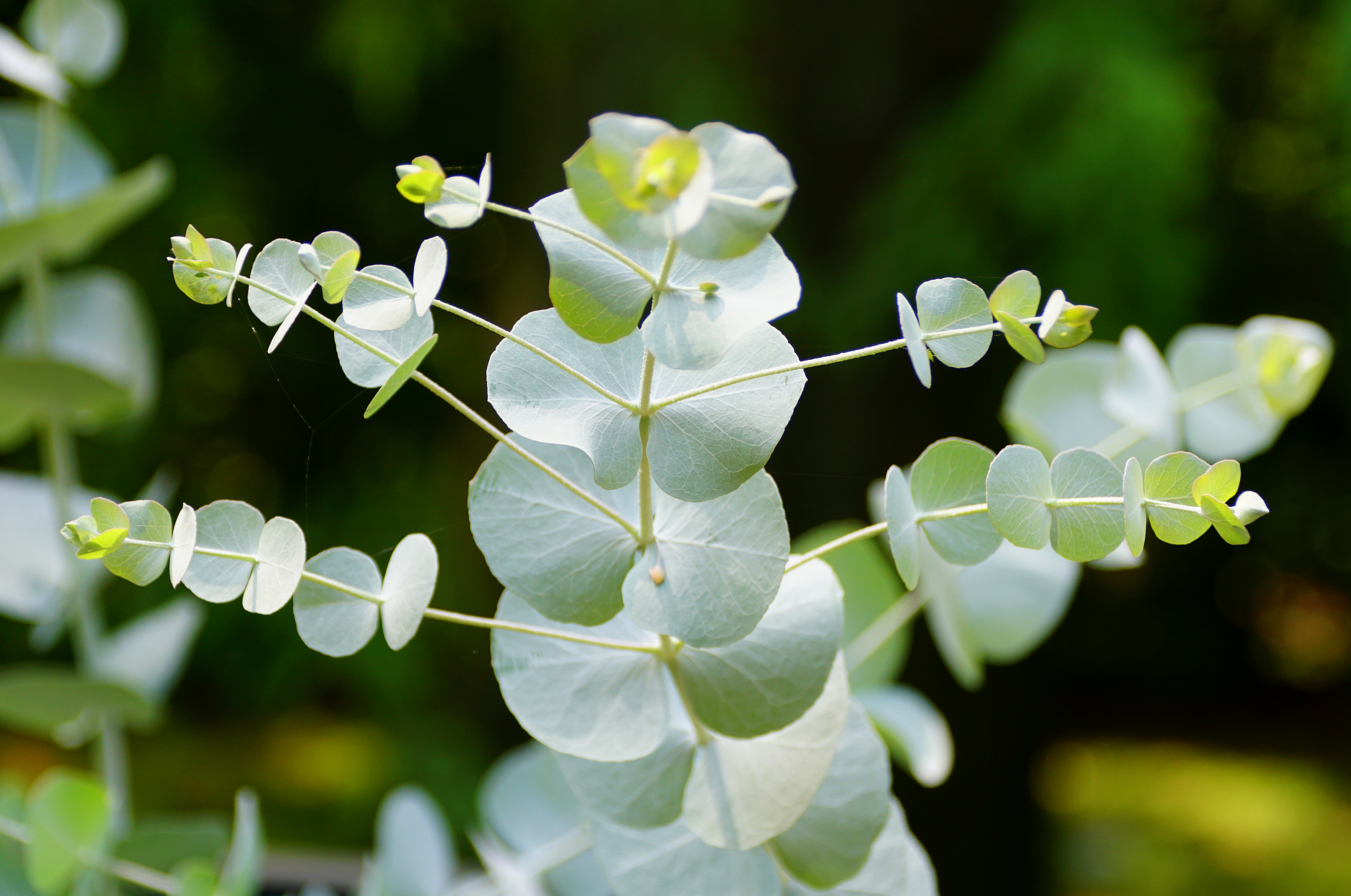
Close-up of attractive silver dollar gum leaves
Silver Dollar Gum – Eucalyptus Polyanthemos
Fun Features
Silver dollar gum has rounded leaves that give off a grey, silvery-white shine on the underside. From certain angles, they look like 50-cent pieces! This attractive leaf shade has made its way into the florist’s arsenal. Silver dollar gums are the second most common Eucalyptus in California. In some areas, they have become invasive species.
Kind of Eucalyptus
Single trunk with a broad, full canopy
Flower Description
Small, white flowers with a yellow center
Height
Up to 75 feet
Silver Dollar Gum Care
Hardiness Zone Tolerance
9-10
Water Needs
Wet to dry soils; silver dollar gum tolerates drought once established.
Soil Preference
Like the other broadly established eucalypts, silver dollar gum can grow in most any soil type.
Sun Requirement
Prefers full sun but will tolerate part shade
Red Gum – Eucalyptus Camaldulensis
Fun Features
Red gum can refer to dozens of species of eucalyptus, but in the U.S., it most commonly means Eucalyptus camaldulensis. This tree was widely planted along waterways in southern California during the late 19th and early 20th centuries. With access to water, this fast-growing eucalyptus can grow branches that aren’t exactly strong. They often break off in windstorms. Don’t park your car under a red gum!
Kind of Eucalyptus
Can have many thick trunks that split from the main trunk. Not quite a mallee.
Flower Description
Groups of seven to nine white flowers
Height
50 feet
White Peppermint Care
Hardiness Zone Tolerance
9-10
Water Needs
Grows best in wet areas. This plant thrives on riverbanks.
Soil Preference
Red gum can tolerate a wide range of soil types.
Sun Requirement
Full sun
White Peppermint – Eucalyptus Pulchella
Fun Features
This eucalyptus lives up to its name; it has stunning white bark and its leaves contain the same essential oils used in menthol and other minty products. It has remarkably thin leaves for a eucalyptus, just ¼ inch across.
Kind of Eucalyptus
Single trunk with a thin canopy
Flower Description
Typical fluffy, white eucalyptus flowers
Height
40 feet
White Peppermint Care
Hardiness Zone Tolerance
8-10
Water Needs
Tolerates a variety of moisture levels. Very drought-tolerant once established.
Soil Preference
Prefers well-drained soils, even up to rocky soils
Sun Requirement
Full sun
Spider Gum – Eucalyptus Conferruminata
Fun Features
Spider gum has some of the most striking flowers in the eucalyptus genus. They resemble koosh balls if you remember those. Sometimes this tree is referred to as Eucalyptus lehmannii.
Kind of Eucalyptus
Mallee, can be pruned as a small tree
Flower Description
Large showy, yellow flowers that resemble koosh balls!
Height
25 feet
Spider Gum Care
Hardiness Zone Tolerance
9-11
Water Needs
Dry to moist sites once established
Soil Preference
Tolerates a wide variety of soil types, including alkaline soils
Sun Requirement
Full sun to partial shade
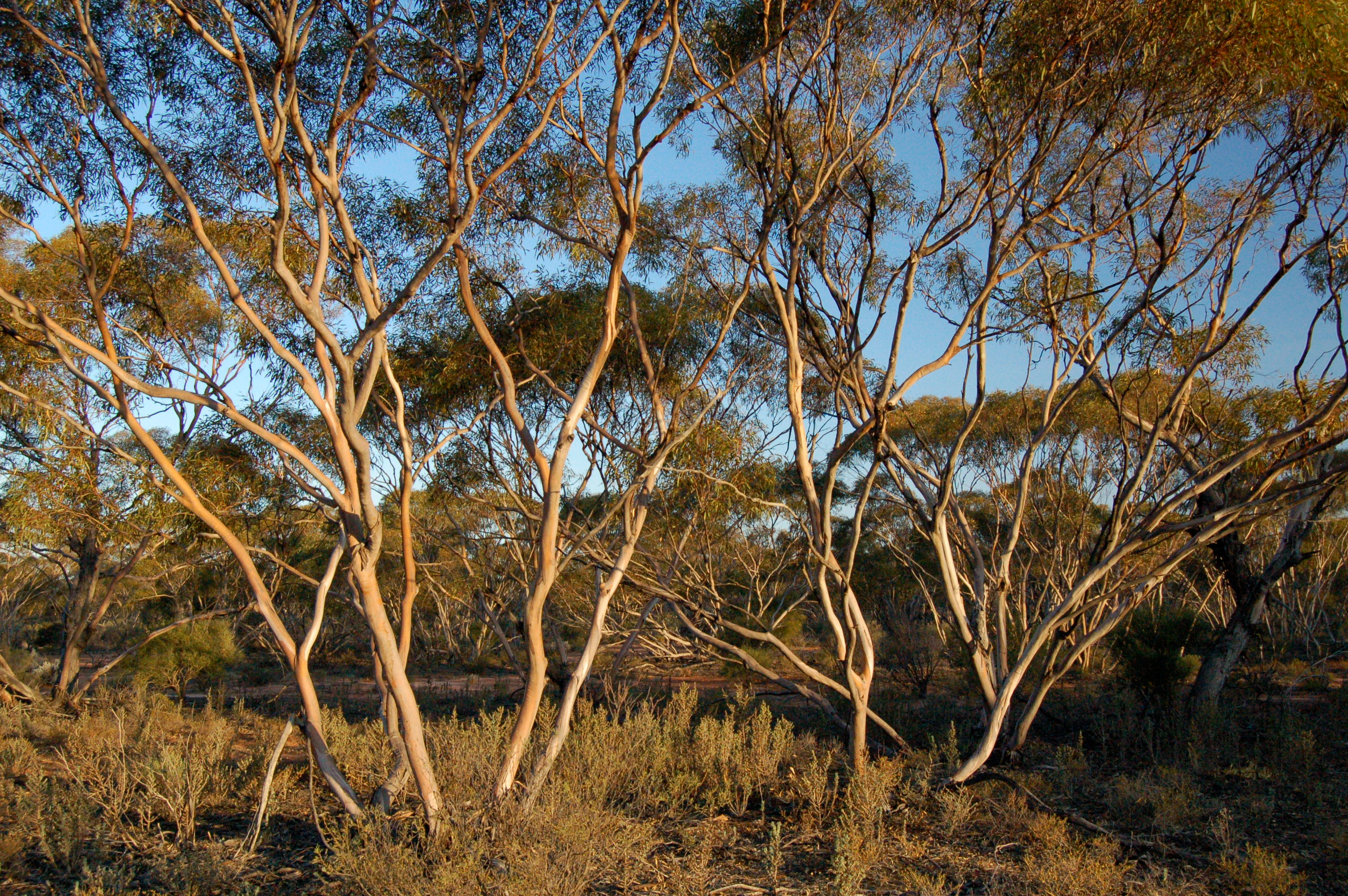
Example of a mallee with many trunks
Blue-Leaved Mallee – Eucalyptus Polybractea
Fun Features
This mallee is the most commonly planted plant in Australia as part of carbon offset programs. Since it establishes well, it doesn’t take much effort to create forests of blue-leaved mallee. If you remember from above, mallees have large lignotubers underground. These inflated, underground root systems sequester carbon effectively in landscapes that frequently burn. While the carbon from the trunks burns back into the atmosphere, the carbon in the roots remains sequestered and allows the plant to return vigorously post-fire.
Blue-leaved mallee has one of the highest concentrations of eucalyptol of any eucalyptus species, being up to 90% eucalyptol by weight! This makes it a valuable tree in the essential oil industry.
Kind of Eucalyptus
Mallee
Flower Description
Small, white flowers with dozens of anthers poking out
Height
30 feet
Blue Leaved Mallee Care
Hardiness Zone Tolerance
8-11
Water Needs
Exceptional for arid climates
Soil Preference
Grows well in poor soils, especially sandy soils
Sun Requirement
Full sun
Mountain Gum – Eucalyptus Dalrympleana
Fun Features
This eucalyptus is unusual because its bark is pure white, without striping or ribbons of bark peeling off. When lit up from below at night, the white bark along with the interesting branching structure of the tree make for an artistic addition to a landscape.
Kind of Eucalyptus
Single trunk, spreading canopy
Flower Description
Small, white cup-shaped flowers
Height
Up to 70 feet
Mountain Gum Care
Hardiness Zone Tolerance
8-10
Water Needs
Prefers drier rather than wetter places
Soil Preference
Low to moderate soil fertility. Tolerant of many soil types.
Sun Requirement
Full sun
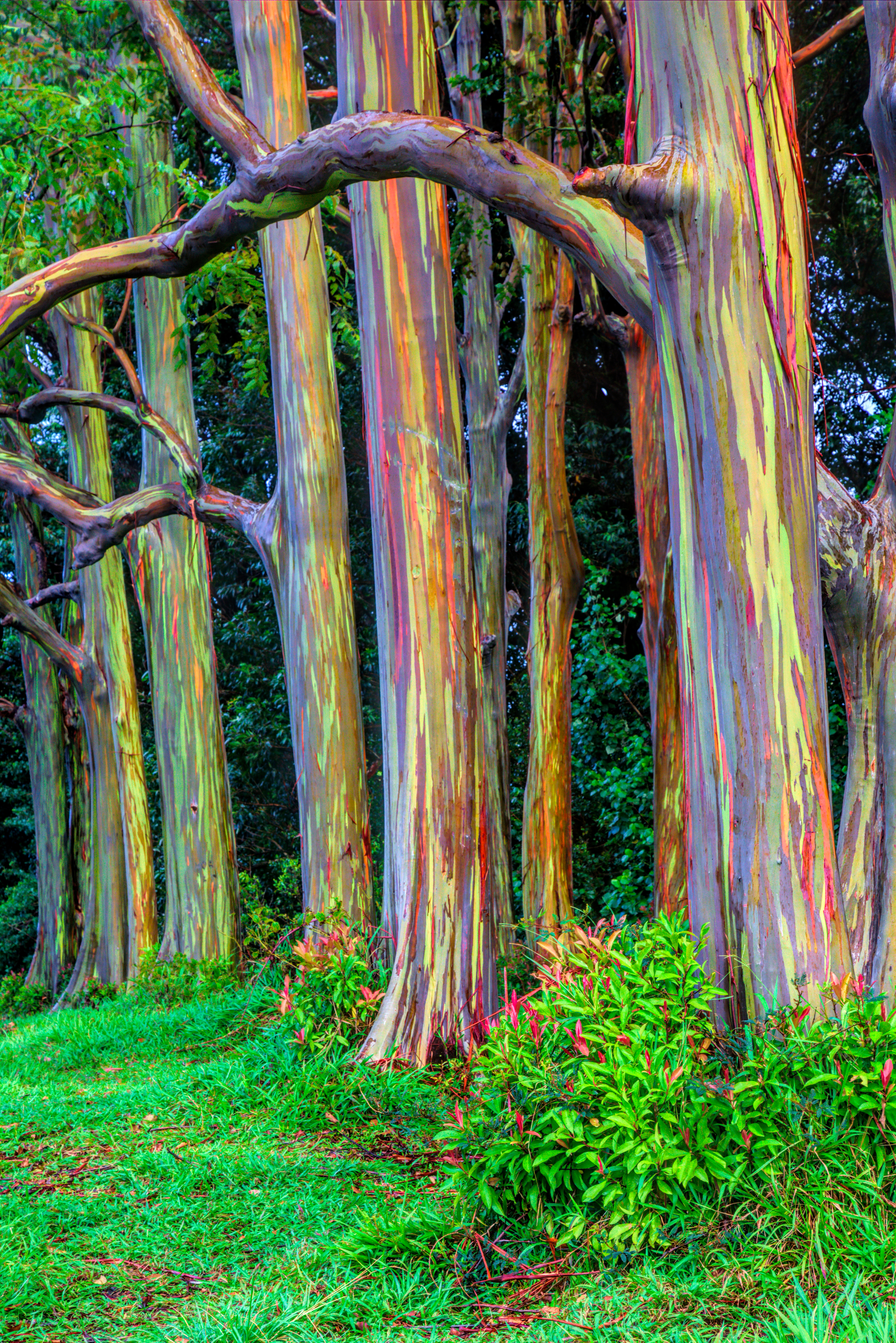
Rainbow Gum – Eucalyptus delgupta
Rainbow Gum – Eucalyptus Deglupta
Fun Features
Rainbow gum has incredible, multi-colored bark. This is one of the only species of eucalyptus – out of 700 – that does not grow in Australia. Unfortunately for most Americans, this is one of the most tropical eucalyptus species on the planet, making it unsuitable for growing outside of Florida, Hawaii, and Puerto Rico. This is one of the tallest trees on the planet, able to reach well over 200 feet into the air.
Kind of Eucalyptus
Single stemmed, tall tree
Flower Description
White and yellow flowers
Height
Up to 240 feet in the wild
Rainbow Gum Care
Hardiness Zone Tolerance
10-11
Water Needs
Higher than most eucalyptus species, since it is a rainforest tree.
Soil Preference
Poor soil. Rainforest soils are notoriously deprived of nutrients!
Sun Requirement
Full sun
Spinning Gum – Eucalyptus Perriniana
Fun Features
In the wild, this tree only grows in the sub-alpine landscapes of southern Australia. These landscapes are covered in snow for months out of the year. However, the domesticated varieties of spinning gum can grow in more mild climates. This is one of the more attractive cold-hardy species of eucalyptus.
Kind of Eucalyptus
Mallee
Flower Description
Spread out clusters of white flowers
Height
Up to 30 feet
Spinning Gum Care
Hardiness Zone Tolerance
8-10
Water Needs
Tolerates dry to slightly moist areas
Soil Preference
Acidic, sandy soils
Sun Requirement
Full sun
Omeo Gum/Big O – Eucalyptus Neglecta
Fun Features
Omeo gum is perhaps the most cold-hardy eucalyptus able to grow in the U.S. This tree has a similar leaf shape to that of silver dollar gum, meaning it has large, round leaves. The leaves work well in floral bouquets and have a classy deep blue-green-gray color that is indicative of so many eucalyptus.
Kind of Eucalyptus
Mallee
Flower Description
Sparse bunches of small white flowers
Height
Up to 20 feet tall.
Omeo Gum/Big O Care
Hardiness Zone Tolerance
6b-10
Water Needs
Drought tolerant once established. Tolerates wet to dry soils.
Soil Preference
Can tolerate highly alkaline soils. Will grow in sand, clay, and loam.
Sun Requirement
Full sun but can tolerate partial shade.
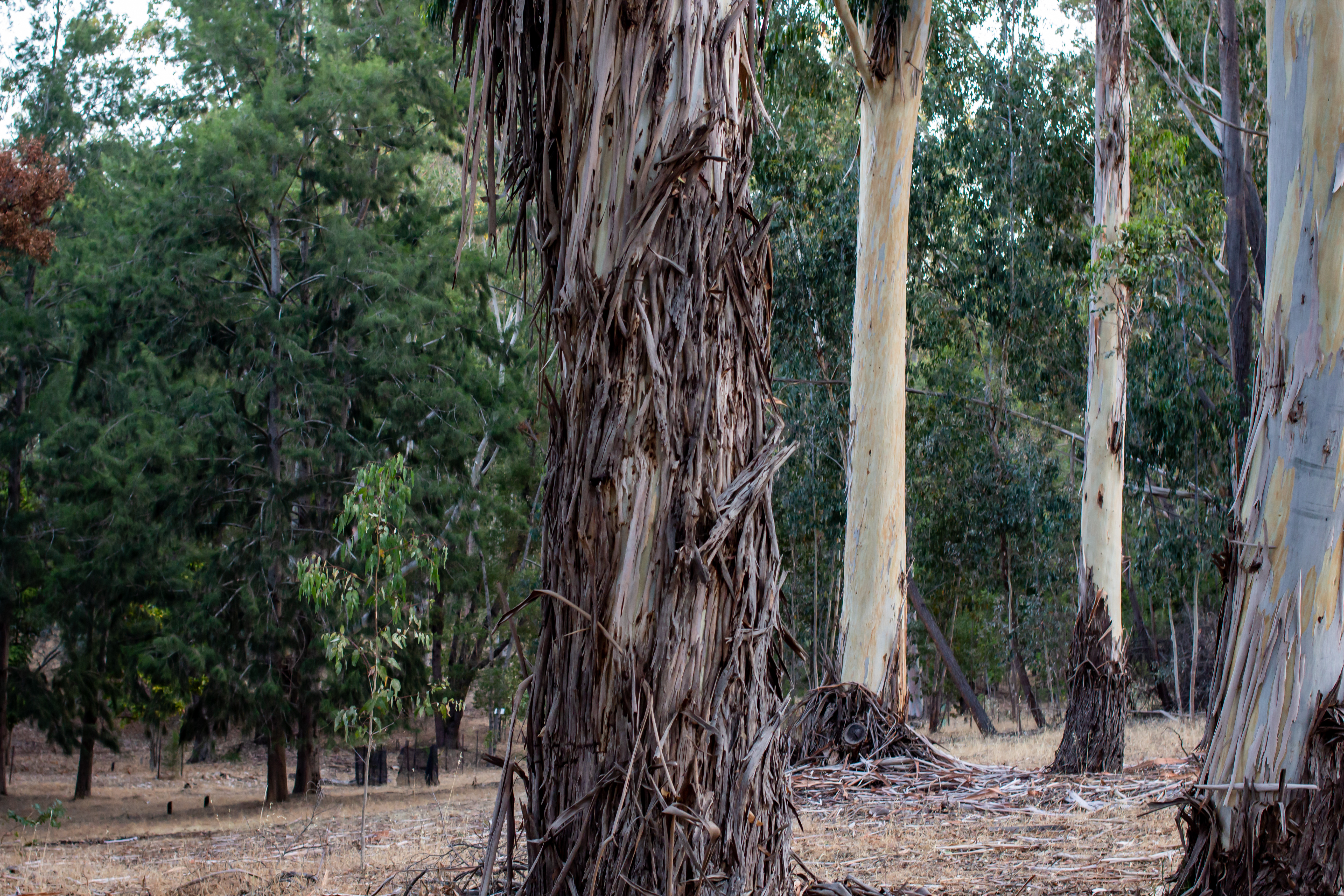
Candlebark – Eucalyptus rubida
Candlebark – Eucalyptus Rubida
Fun Features
Candlebark is one of the hardiest eucalyptus available. It will survive hard, deep frosts, unlike most varieties. The canopy of this tree can spread out very wide, which makes it an attractive species at a mature age.
Rubida comes from the Latin word for red. When the bark of candlebark shears off, it reveals pinkish-red bark below.
Kind of Eucalyptus
Single trunk with a wide, spreading tendency
Flower Description
White fluffy flowers in sets of three
Height
100 feet, though sometimes kept as low as 30 feet
Candlebark Care
Hardiness Zone Tolerance
7-10
Water Needs
Needs sufficient water to get established. Once mature, drought-tolerant like most eucalyptus.
Soil Preference
Well-drained soil. Prefers soil with more nutrients than the average eucalyptus.
Sun Requirement
Full sun
Brown Mallet – Eucalyptus Astringens
Fun Features
This eucalyptus only grows in the southwestern corner of Australia. Much like eucalyptus have been introduced around the world, the brown mallet has been introduced to other parts of Australia. Many varieties of eucalyptus don’t produce good timber, but Australians grow the brown mallet for building material.
Kind of Eucalyptus
Single trunk, spreading canopy
Flower Description
Pale yellow flowers that dangle in clusters
Height
50 feet, occasionally up to 70 feet
Brown Mallet Care
Hardiness Zone Tolerance
9-10
Water Needs
Drought tolerant once established.
Soil Preference
Prefers neutral soils that are not rich in nutrients. Does not tolerate soils high in calcium.
Sun Requirement
Full sun
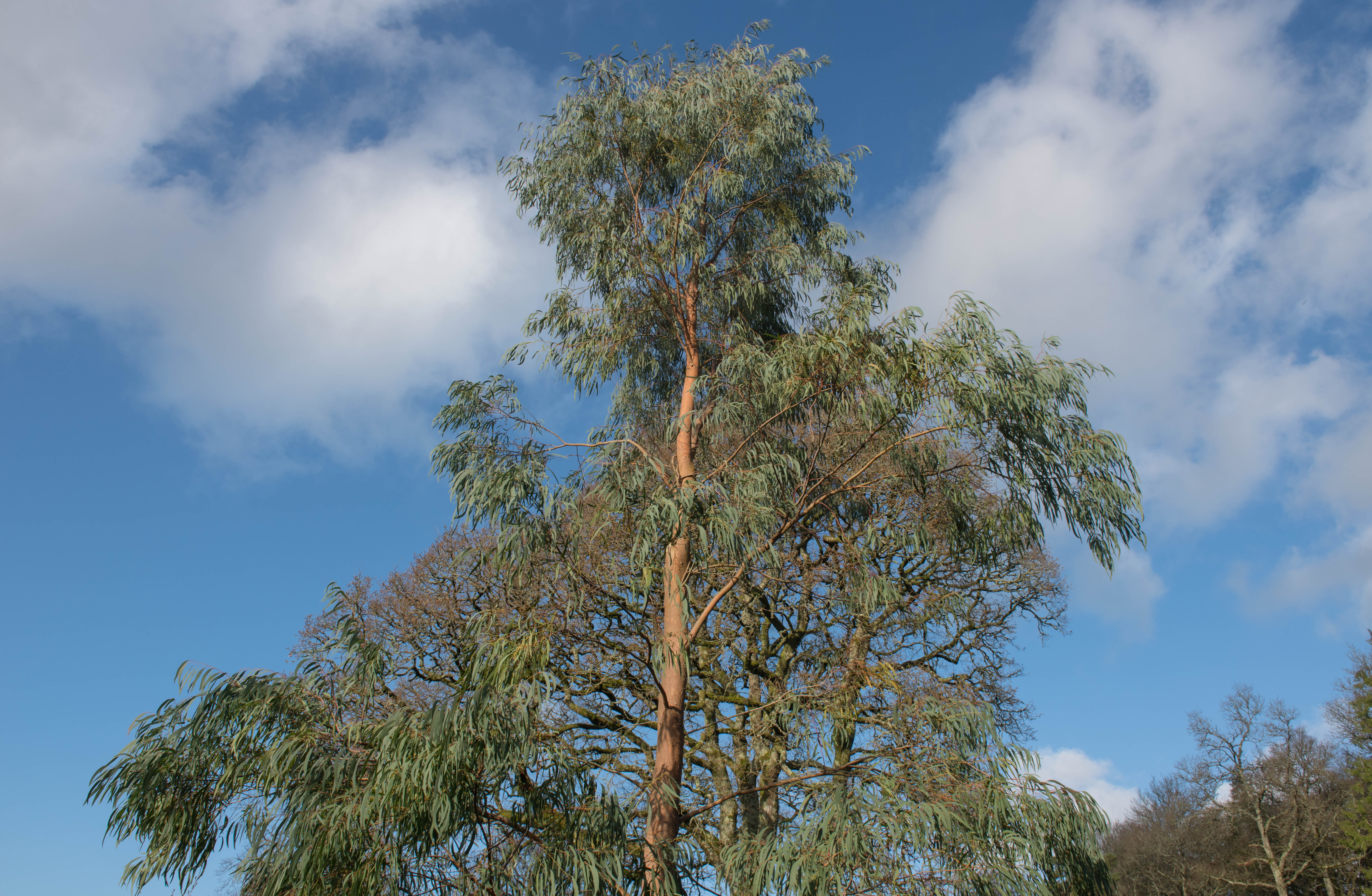
Willow-leaved Peppermint – Eucalpytus nicholii
Willow-Leafed Peppermint – Eucalyptus Nicholii
Fun Features
While this is a common eucalyptus in California, it is not as common in its homeland of Australia, where it is listed as ‘vulnerable to extinction.’ Habitat conversion, altered fire-regimes, and even collecting seeds for horticulture are threats to this tree. Understandably, it’s a conundrum when a species is considered ‘invasive’ in one place and ‘endangered’ in another.
Kind of Eucalyptus
Single trunk, high, spreading branches
Flower Description
Small clusters of white flowers
Height
Up to 50 feet
Willow-Leafed Peppermint Care
Hardiness Zone Tolerance
8-10
Water Needs
Does not tolerate constant moisture. Prefers drier sites.
Soil Preference
Tolerates most soils as long as they drain well
Sun Requirement
Full sun. Can tolerate some shade.
The Bigger Picture
The story of the eucalyptus is an intriguing voyage of persecution, destruction, appreciation, and restoration. It highlights that conservation efforts can collide with ‘nativity’ and public opinion. These trees are undoubtedly useful to humankind, and it will be interesting to see how different countries use these trees in response to climate change, threats to biodiversity, human needs, and other challenges of the 21st century.
P.S. If you live in a place with many eucalyptus, consider taking a walk after reading this article and playing a eucalyptus identification game!
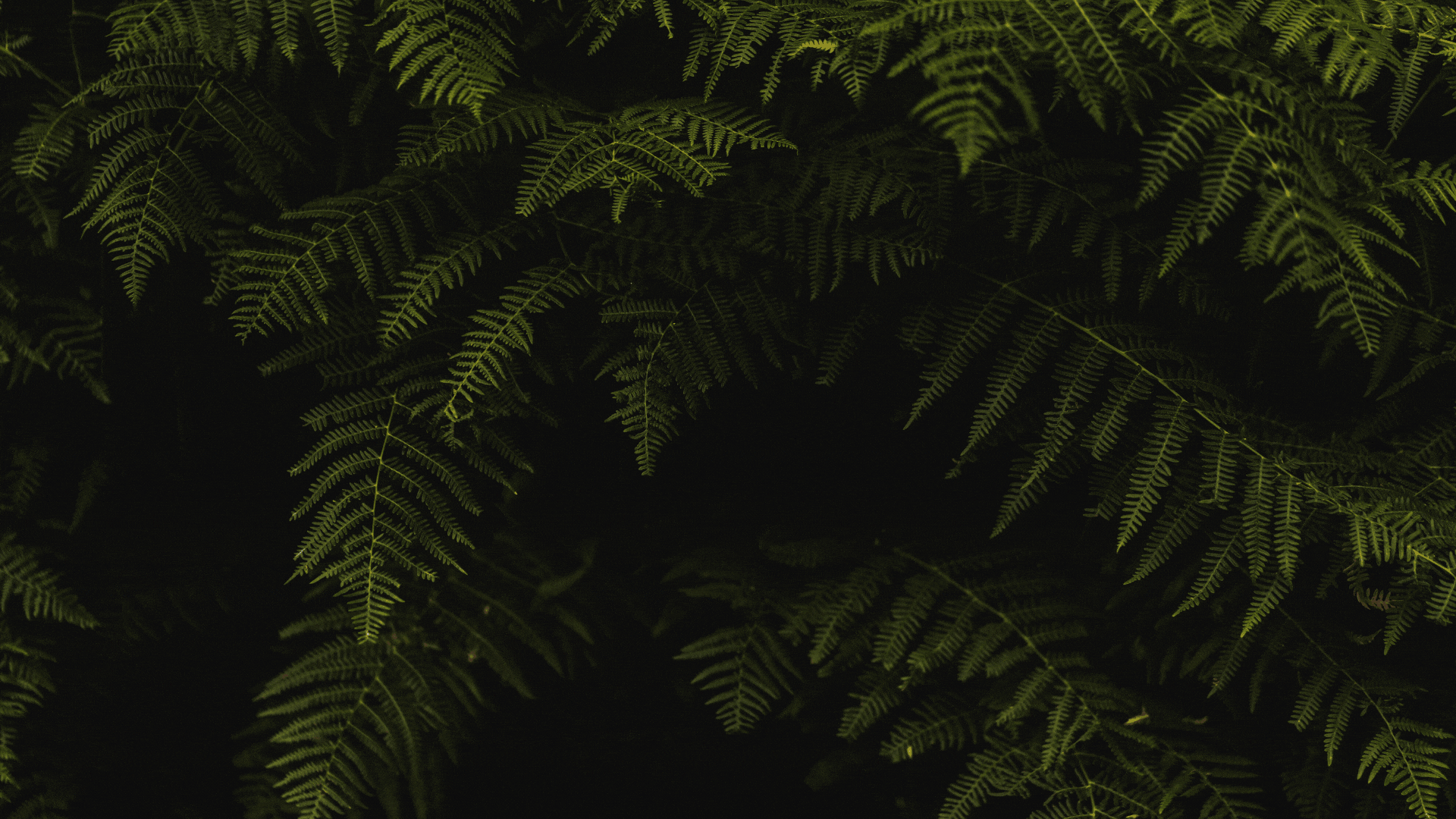

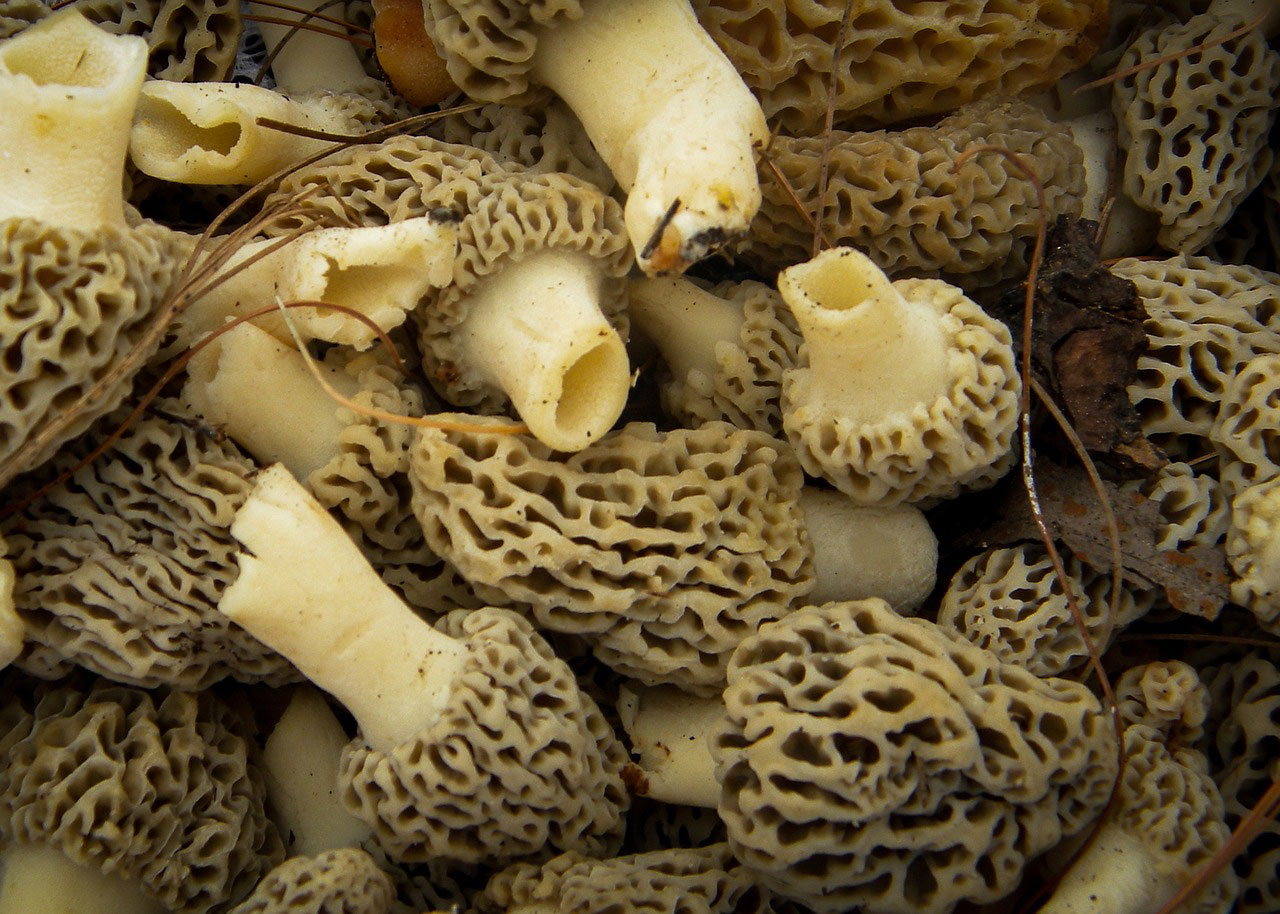
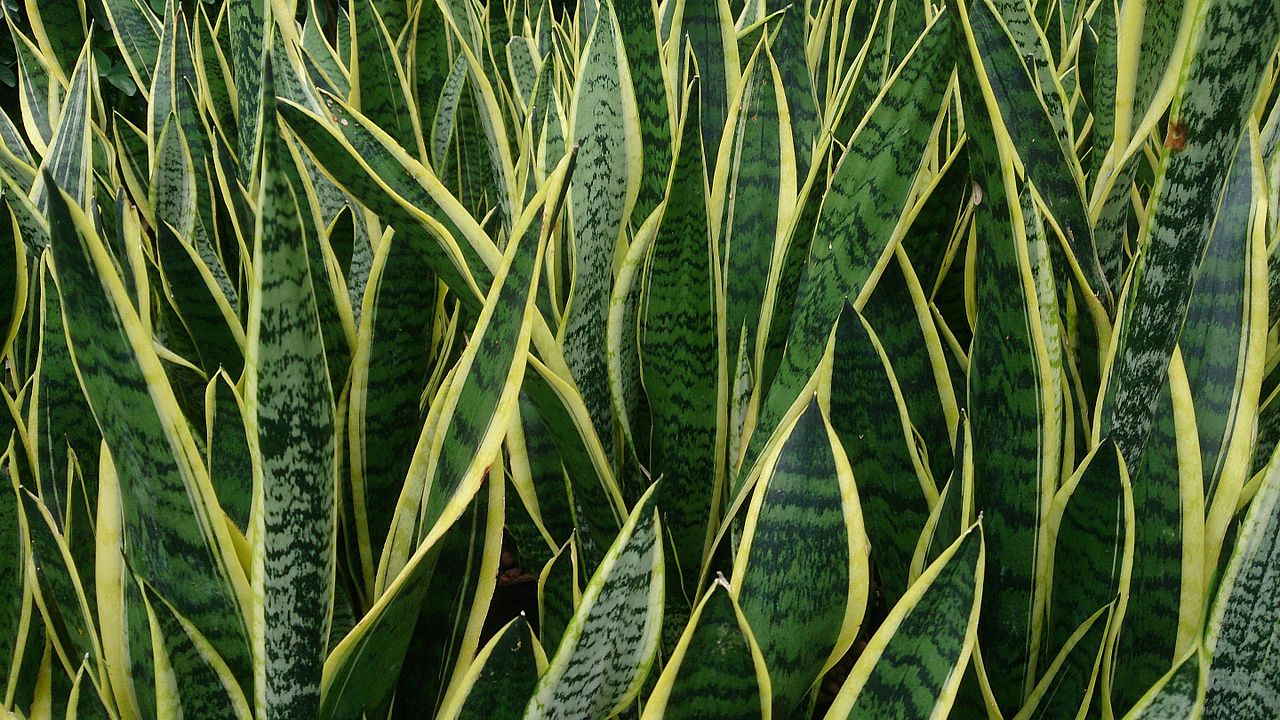
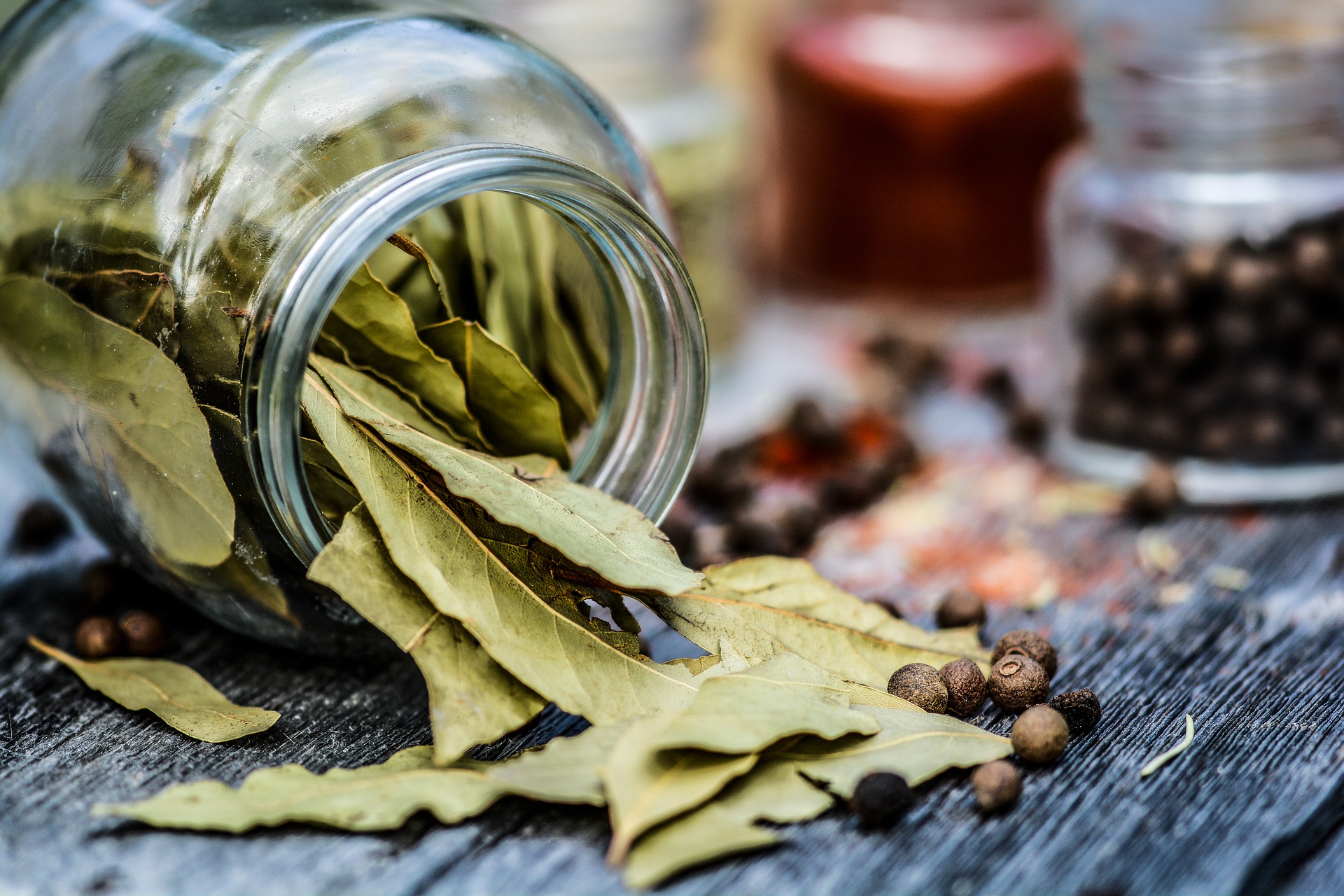
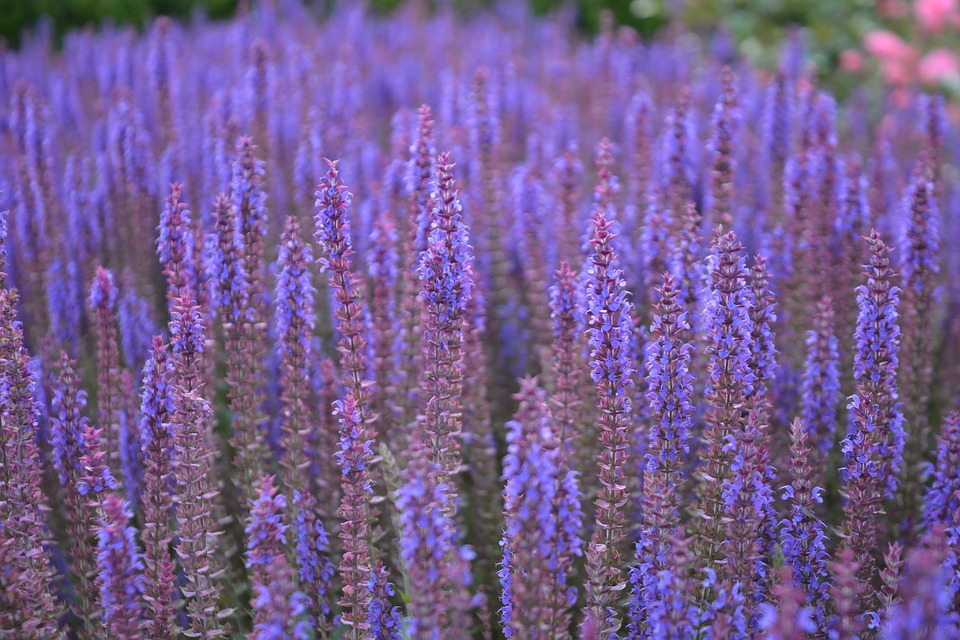
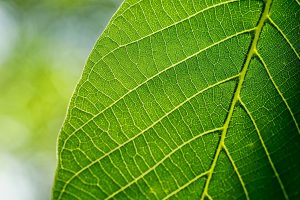
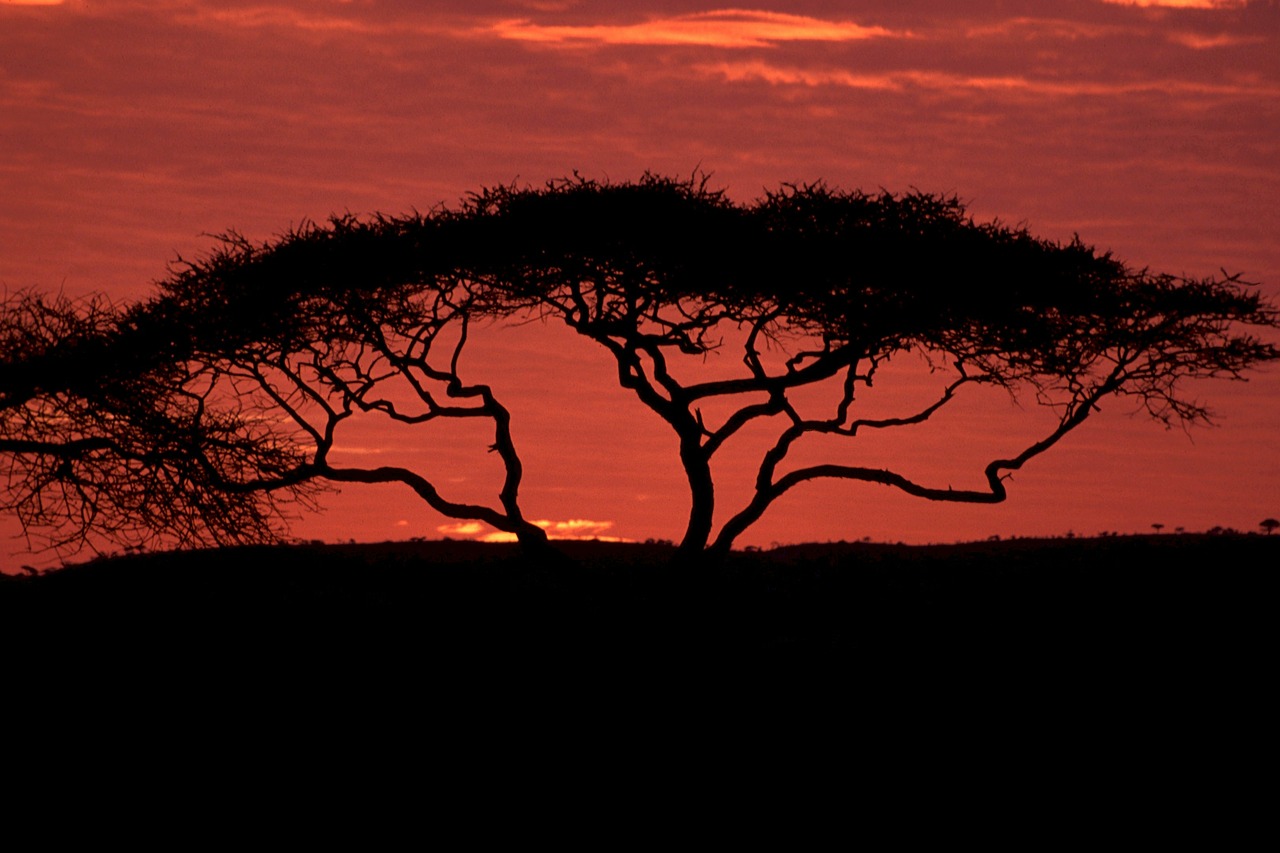
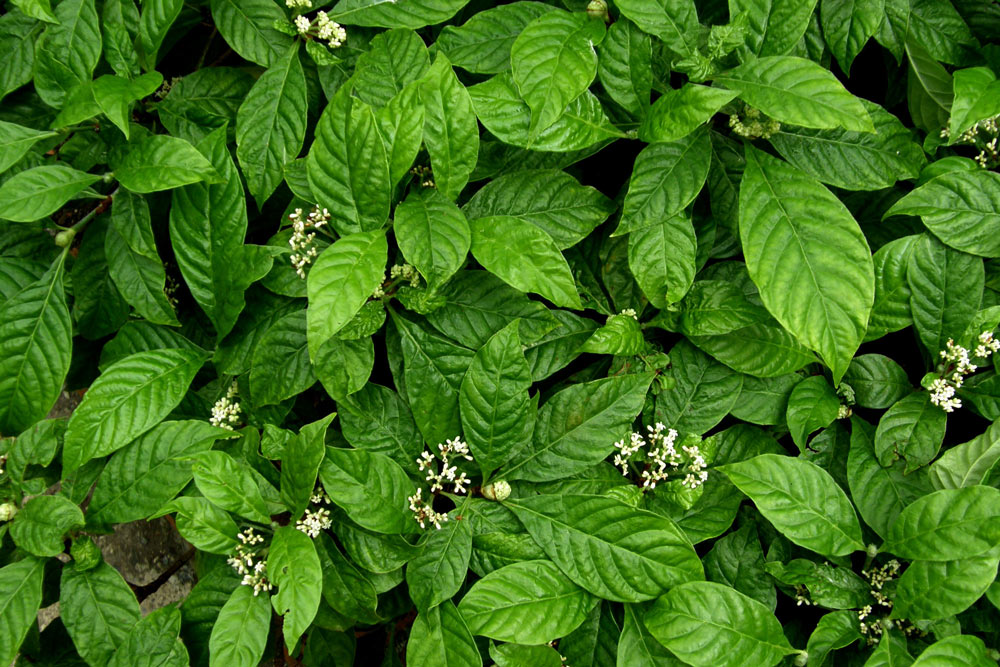
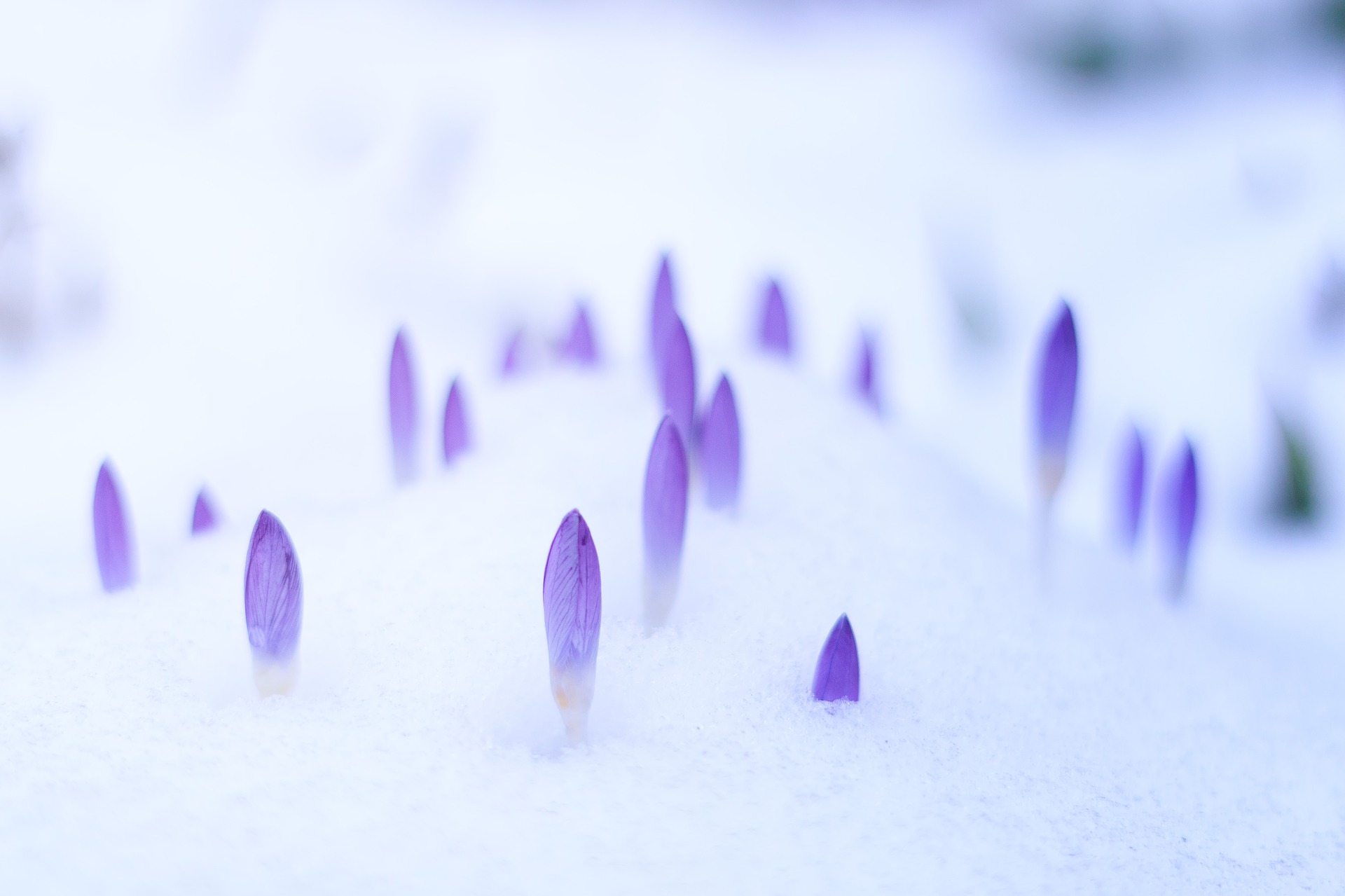
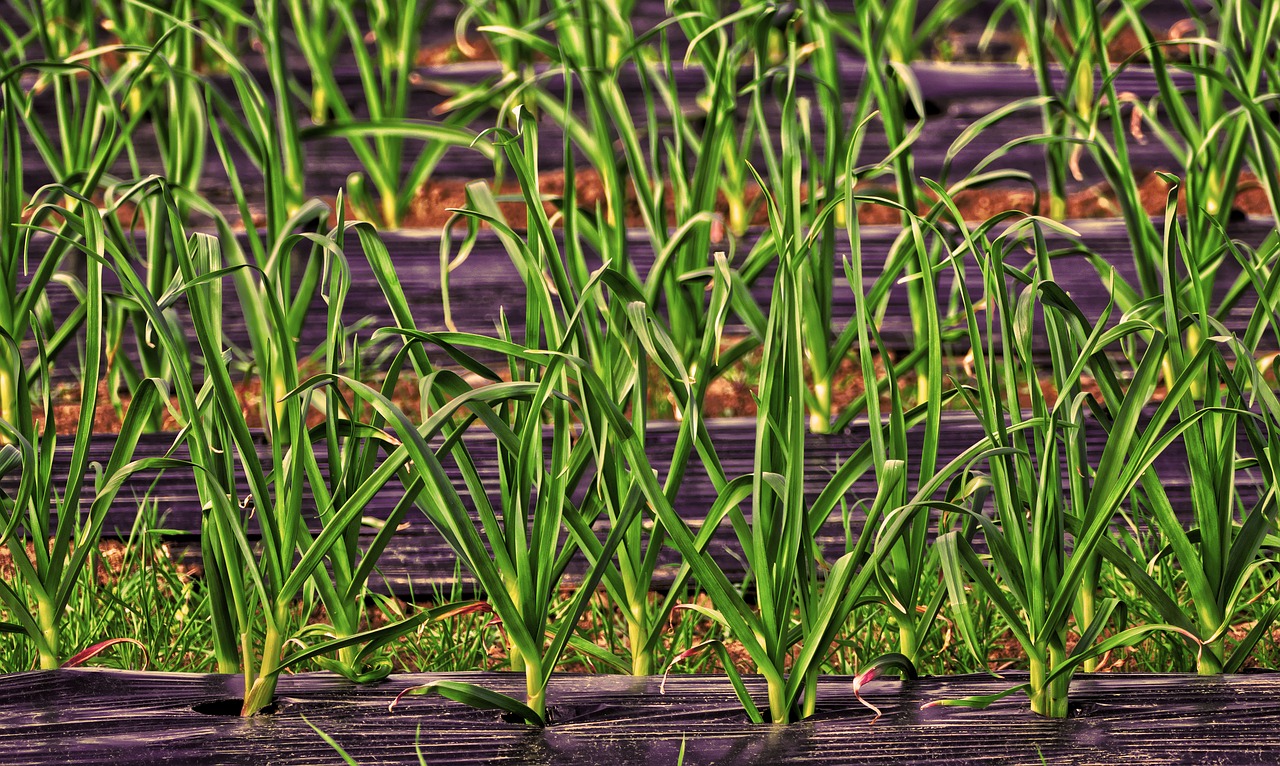
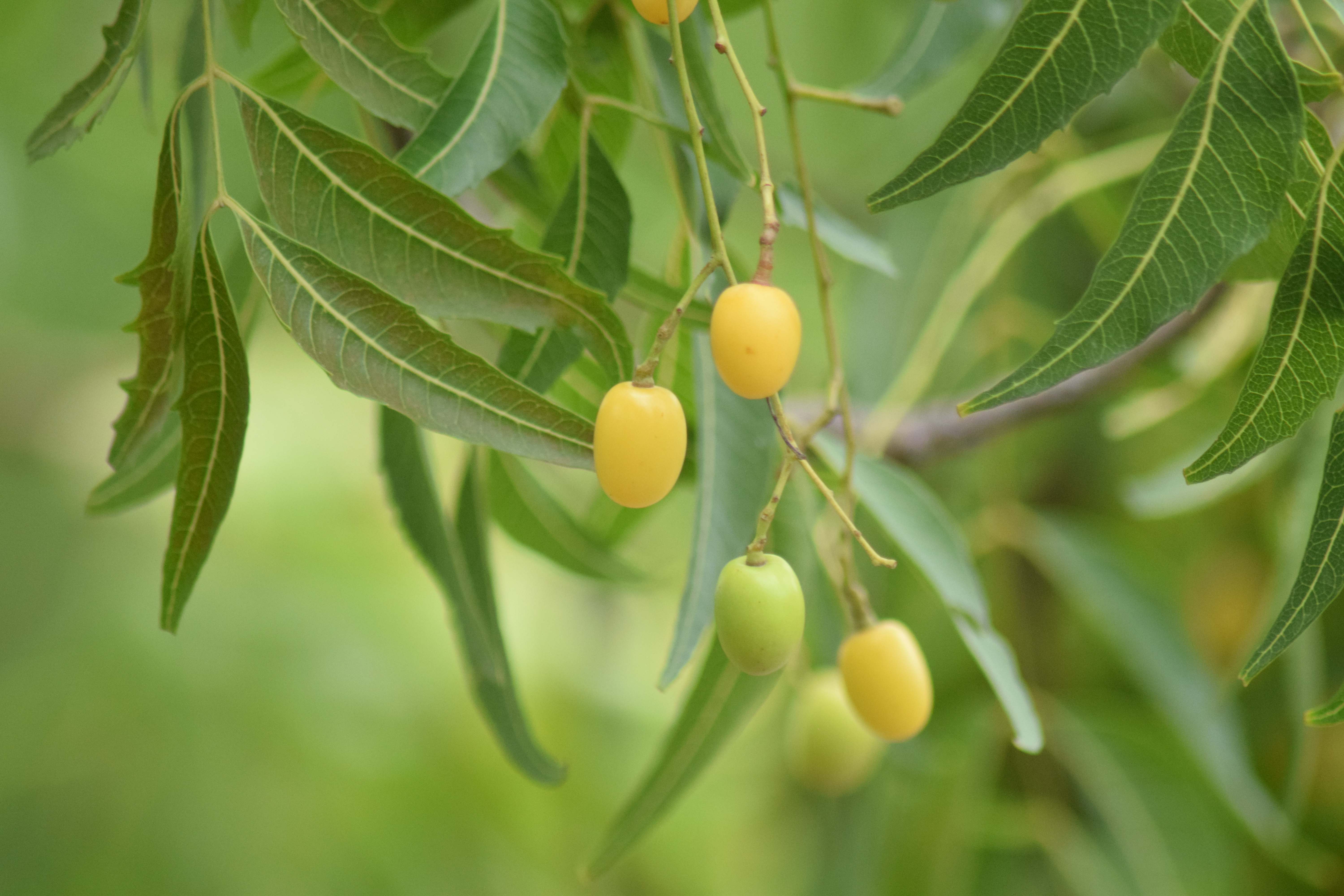
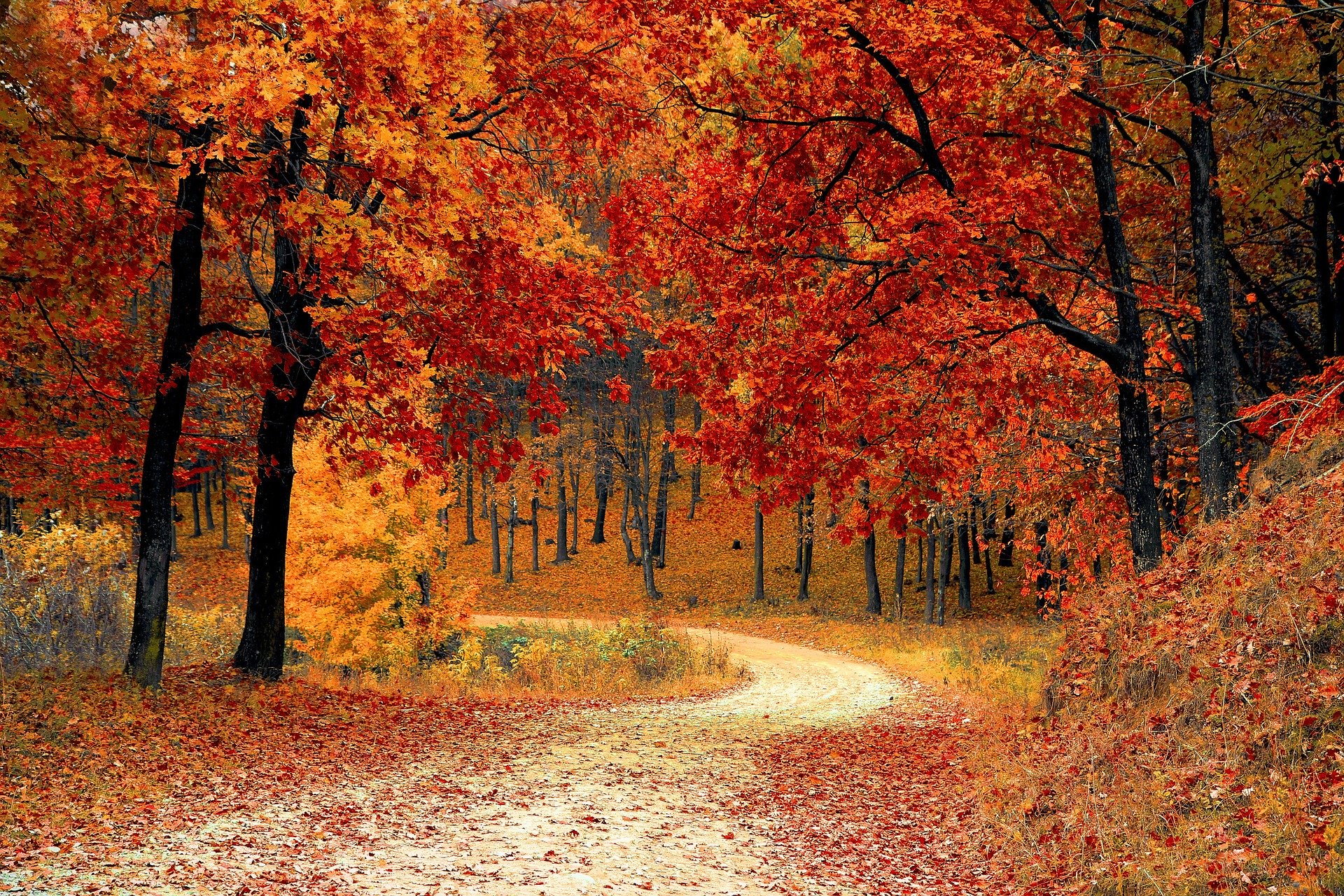
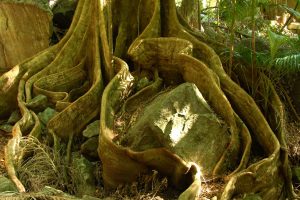

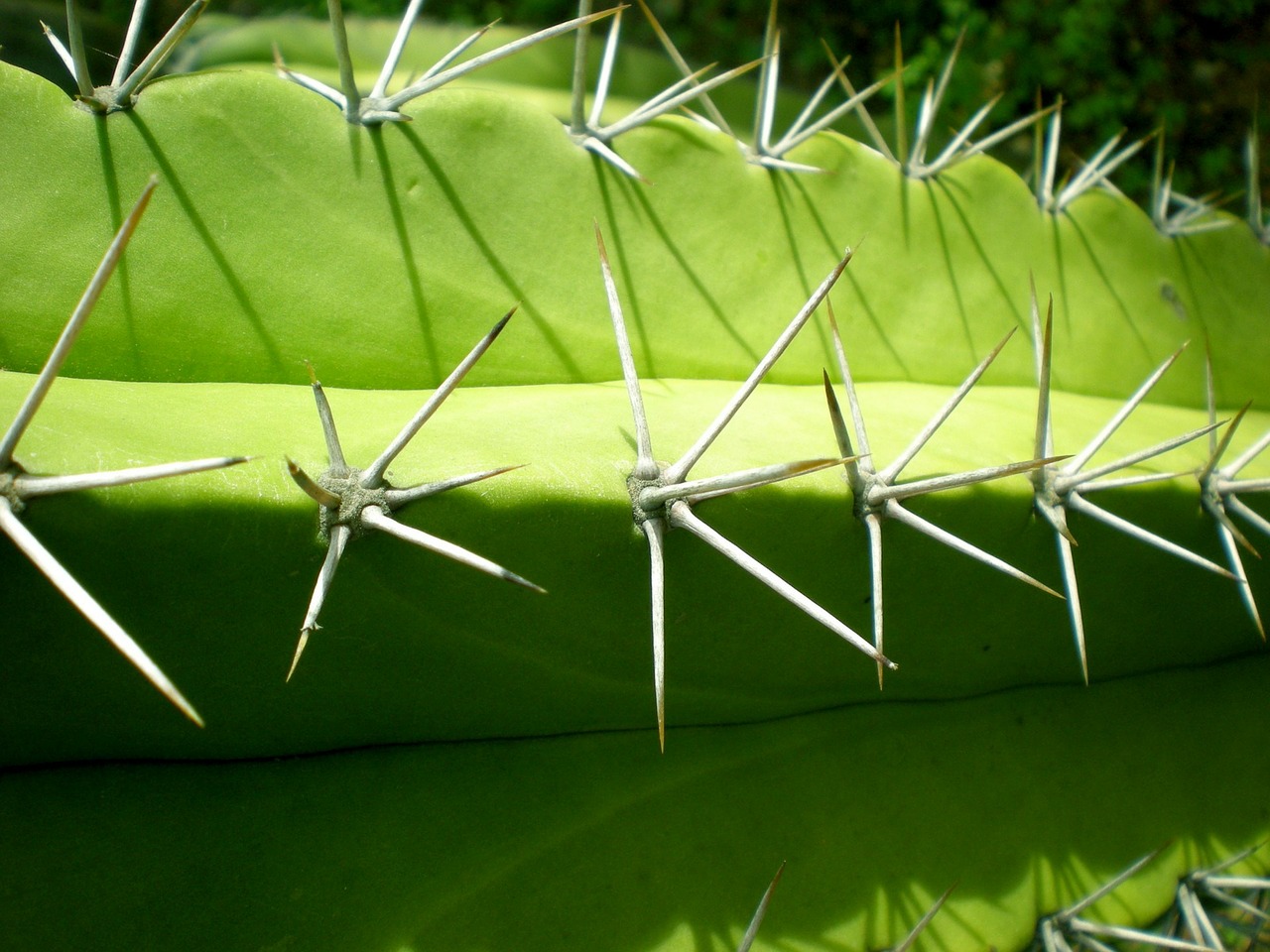
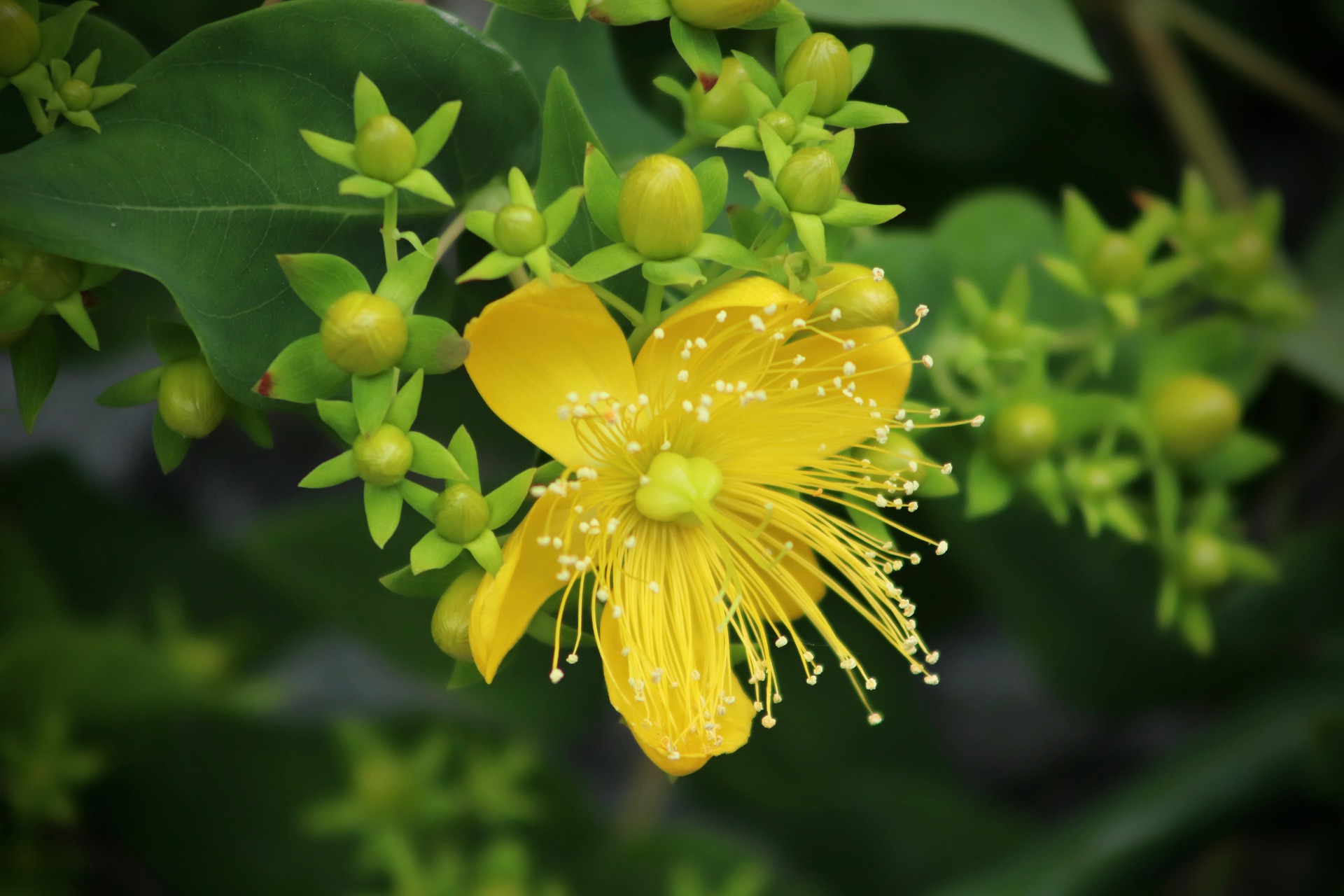
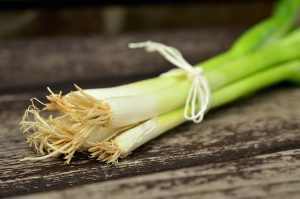
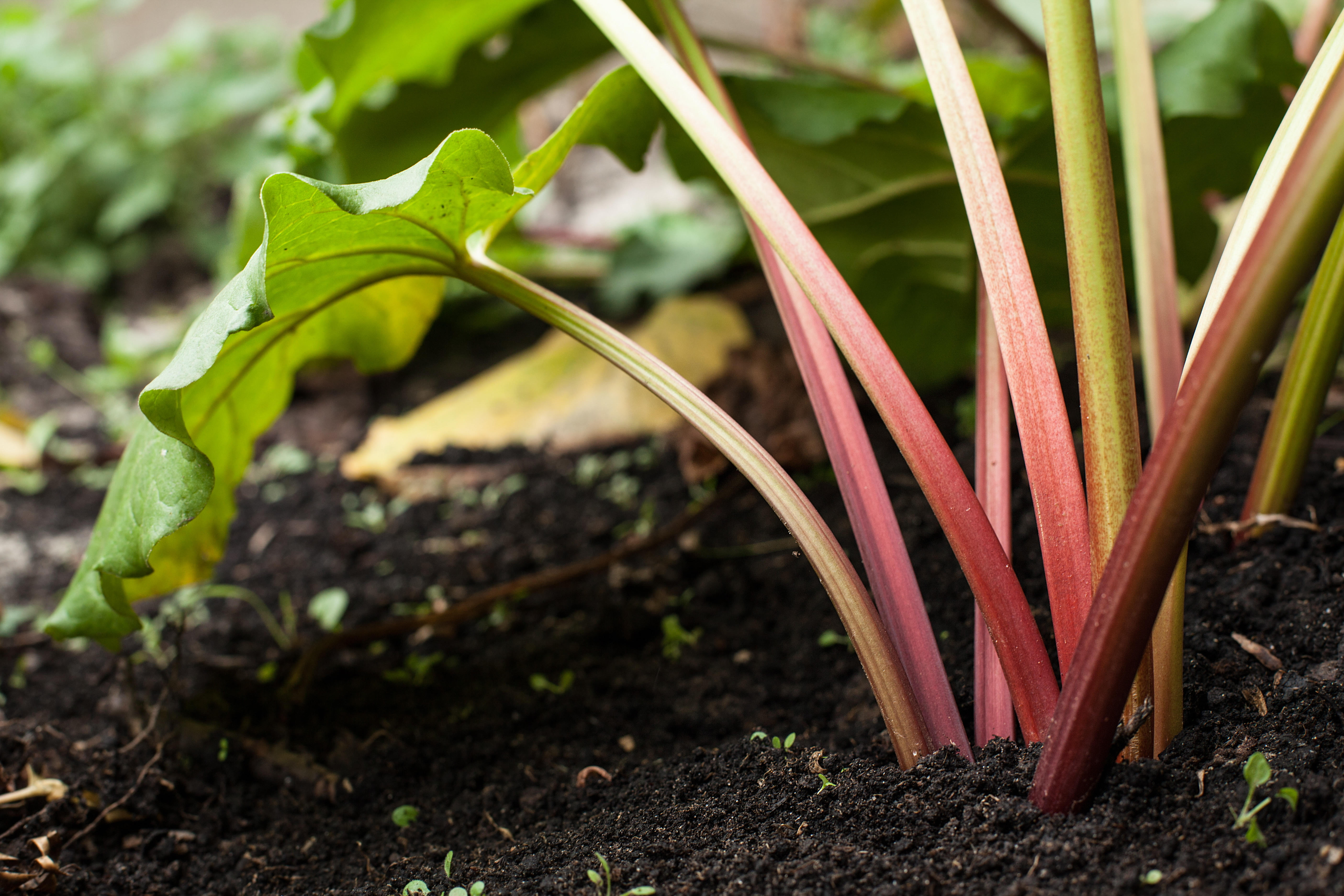

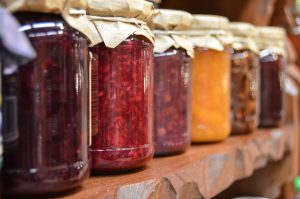
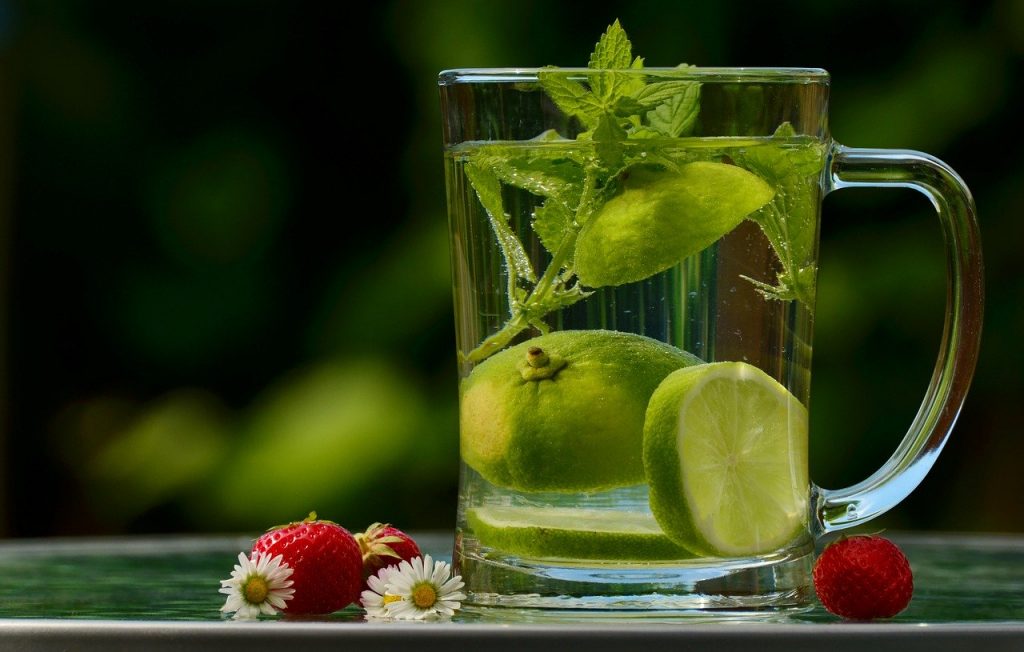
Thank you for the post on your blog. Do you provide an RSS feed?